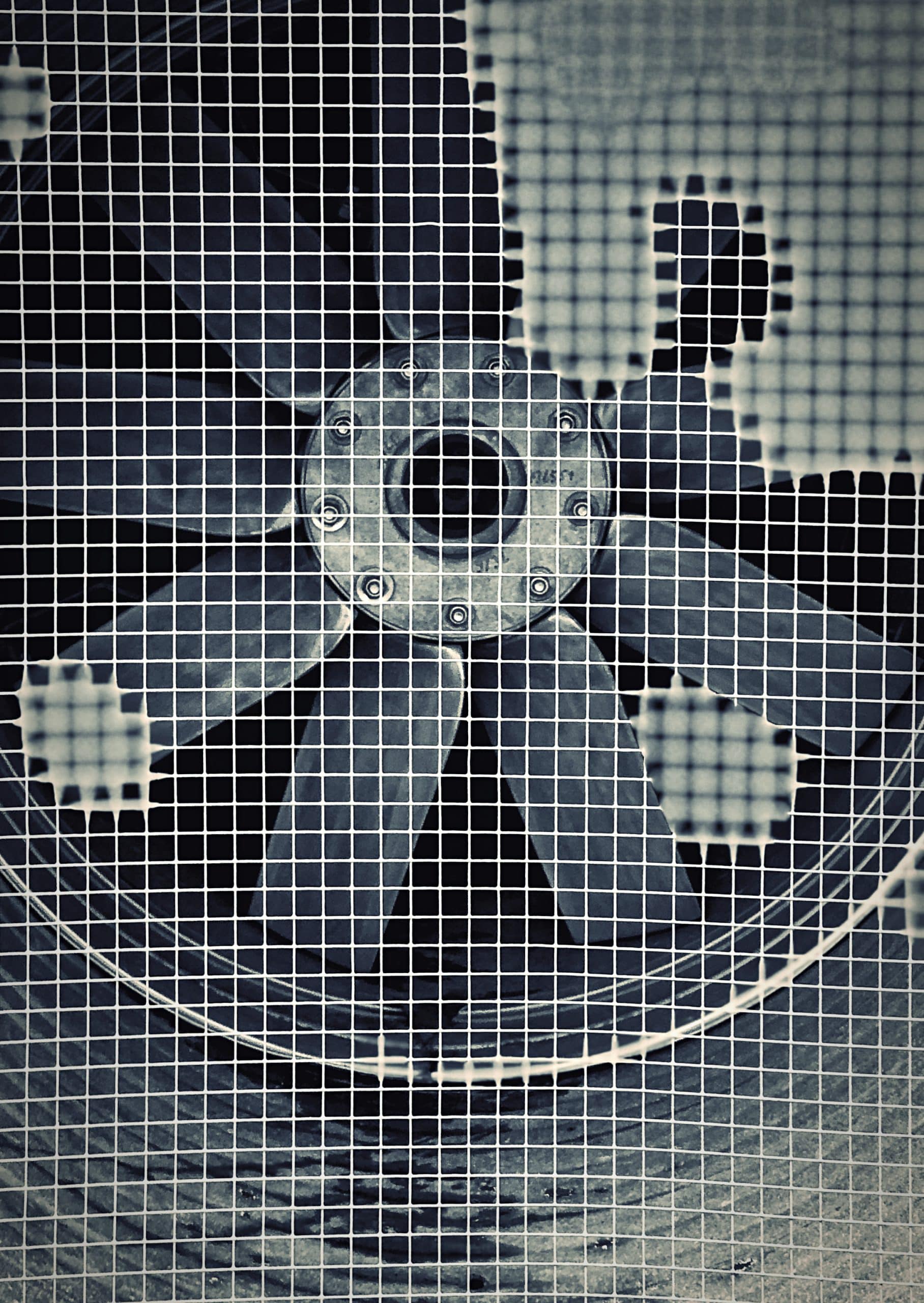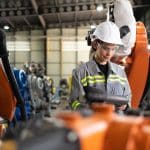As households across the globe become more aware of their energy consumption and carbon footprint, the demand for efficient and environmentally-friendly HVAC solutions is steadily increasing. One of the most popular and promising options is the Energy Recovery Ventilator (ERV). This innovative device harnesses the power of air to provide effective climate control, improving indoor quality while reducing energy usage.
Understanding Energy Recovery Ventilators (ERVs)
Before we delve into the process of integrating ERVs into home HVAC systems, it’s essential to understand what they are and how they function.
En parallèle : What’s the Most Effective Way to Insulate a Period Property Without Damaging Historic Features?
An Energy Recovery Ventilator is a specialized ventilation system that works by transferring heat and moisture between the incoming fresh air and the outgoing building air. The ERV utilizes a process known as ‘enthalpy exchange’ which not only conserves energy but also significantly improves indoor air quality by providing a continuous supply of fresh air.
This balancing act of maintaining indoor climate control while allowing fresh air circulation is what makes ERVs a valuable addition to any HVAC system. It’s not just about heating or cooling your homes anymore, it’s about doing so in a way that promotes healthier living environments and conserves energy.
En parallèle : What Are the Latest Trends in Smart Lighting for Mood Enhancement?
How do ERVs Work with Your Current HVAC System?
Now, let’s explore how you can incorporate ERVs into your existing HVAC system. The good news is, ERVs can be integrated into virtually any HVAC setup, irrespective of the type of heating and cooling systems in place.
In the typical HVAC system, the primary goal is to maintain the desired temperature inside the house. This often involves expelling indoor air and replacing it with outdoor air, which can be energy-intensive, particularly during extreme weather conditions.
With ERVs, the energy (in the form of heat) in the outgoing air is recovered and transferred to the incoming fresh air. This energy recovery process reduces the load on your heating or cooling system, thus saving energy and reducing operating costs.
The ERV unit is typically installed in the HVAC’s ductwork, allowing it to work in tandem with your existing heating and cooling system. It’s crucial to ensure that the ERV unit is situated correctly, with the ports correctly hooked up to the supply and exhaust ducts.
ERVs and Indoor Air Quality
An equally important aspect of ERVs is their impact on indoor air quality. With more people spending increased time indoors, the quality of air within our homes has become a crucial health concern.
ERVs play a key role in addressing this issue by continually cycling in fresh air from the outside, while simultaneously expelling stale indoor air. But it’s not just about ventilation. ERVs also manage the humidity levels inside the house, providing a healthy and comfortable indoor environment.
By regulating moisture levels, ERVs help to prevent issues like mold, mildew, and other types of moisture-related damage. It’s a win-win situation for homeowners: you get a comfortable, well-ventilated living space that also boasts superior air quality.
The Benefits of ERVs
The benefits of installing an ERV in your home extend beyond energy savings and improved air quality. By reducing the strain on your HVAC system, ERVs can prolong the life of your heating and cooling systems. This not only saves you money in the long run but also helps in reducing waste and environmental impact.
Additionally, ERVs contribute to a more comfortable and pleasant indoor environment by reducing noise levels. Unlike traditional ventilation systems that can be quite loud, ERVs operate quietly, ensuring your home remains a peaceful sanctuary.
Finally, ERVs are also beneficial for homes in a variety of climates. Whether you live in a cold, hot, dry, or humid region, the ERV adjusts and balances the indoor conditions to provide optimum comfort.
Making the Switch to ERVs
Switching to an energy-efficient ERV system is a decision that will positively impact both your wallet and your health. However, it’s essential to have professional guidance during this transition.
Consult with reputable HVAC professionals who are experienced in ERV installation and operation. They can guide you on the best ERV system for your home, considering factors like your local climate, the size of your home, and your specific needs.
Remember, integrating an ERV into your home’s HVAC system is an investment in your future. It’s about making a conscious choice for better air quality, energy conservation, and overall comfort in your home. It’s a decision that will not only benefit you but also contribute positively to the environment.
The Interplay Between ERVs and Other HVAC Components
Incorporating Energy Recovery Ventilators involves understanding their interactions with other parts of your HVAC system. For example, your air handler plays a crucial role in circulating fresh air throughout your home. It does this by pushing air through the ductwork, which can be an energy-intensive process. With an ERV, some of that energy is reclaimed, thus reducing the load on the air handler.
Similarly, your heat pump heats or cools your home by transferring heat from one place to another. In winter, it extracts heat from the outdoor air and brings it indoors. In summer, it does the opposite. An ERV manages this heat transfer more efficiently, thus lowering the energy consumption of the heat pump.
ERVs and HRVs (Heat Recovery Ventilators) are often discussed together due to their similarities. Both are designed to improve the efficiency of your HVAC system by recovering heat. However, ERVs also regulate humidity, making them a versatile addition to your HVAC system. In deciding between an ERV and HRV, it’s beneficial to assess your home’s specific needs with a professional.
In summary, the interplay between ERVs and other HVAC components can significantly enhance your system’s efficiency and longevity. Keep in mind that proper installation is crucial in achieving this high level of performance. Ensure the ERV is correctly positioned within the ductwork, with the appropriate connections to the supply and exhaust ducts.
The Future of HVAC: Energy Recovery Ventilation
As concerns about energy conservation and indoor air quality grow, the focus is shifting toward more effective ventilation systems. Energy Recovery Ventilators, with their ability to reclaim heat and regulate humidity, are becoming a sought-after solution in the HVAC industry.
ERVs represent the future of HVAC, offering homeowners a way to enjoy comfortable indoor climates while reducing energy consumption and carbon footprint. Their ability to balance climate control with fresh air circulation is a game-changer for indoor comfort and health.
As we look ahead, we can expect ERVs to become a standard feature in HVAC systems. Increased awareness about indoor air quality and a growing emphasis on energy efficiency are likely to drive this trend. Additionally, advancements in ERV technology promise even greater efficiency and performance in the future.
Conclusion
The demand for sustainable, energy-efficient HVAC solutions is on the rise, and Energy Recovery Ventilators are leading the charge. By seamlessly integrating with existing systems, ERVs enhance the functionality of your HVAC, providing superior climate control, improved air quality, and significant energy recovery.
Making the switch to an ERV system is not just a smart move for your wallet, but also a significant investment in your health and comfort. As we continue to spend more time indoors, the quality of our indoor environment becomes increasingly vital. ERVs offer a practical solution to this, ensuring our homes are well-ventilated, comfortable, and energy-efficient.
Remember, a successful ERV integration requires professional guidance. Seek advice from experienced HVAC professionals to ensure your ERV is appropriately installed and functions at its best. Embrace the future of home ventilation with an ERV system, and enjoy the benefits of a healthier, more comfortable, and energy-efficient home.







